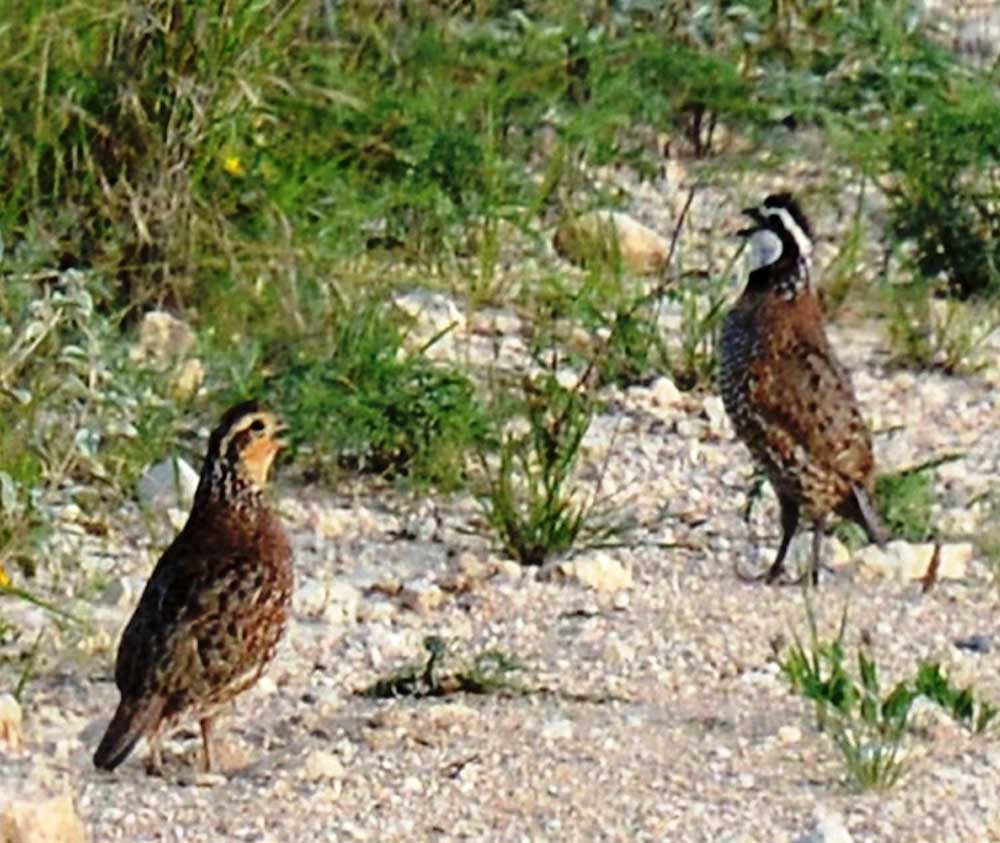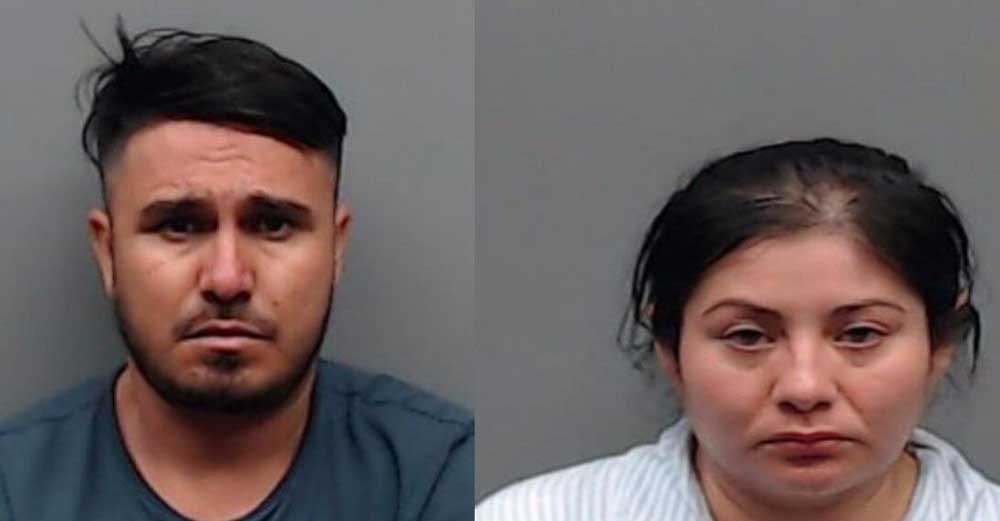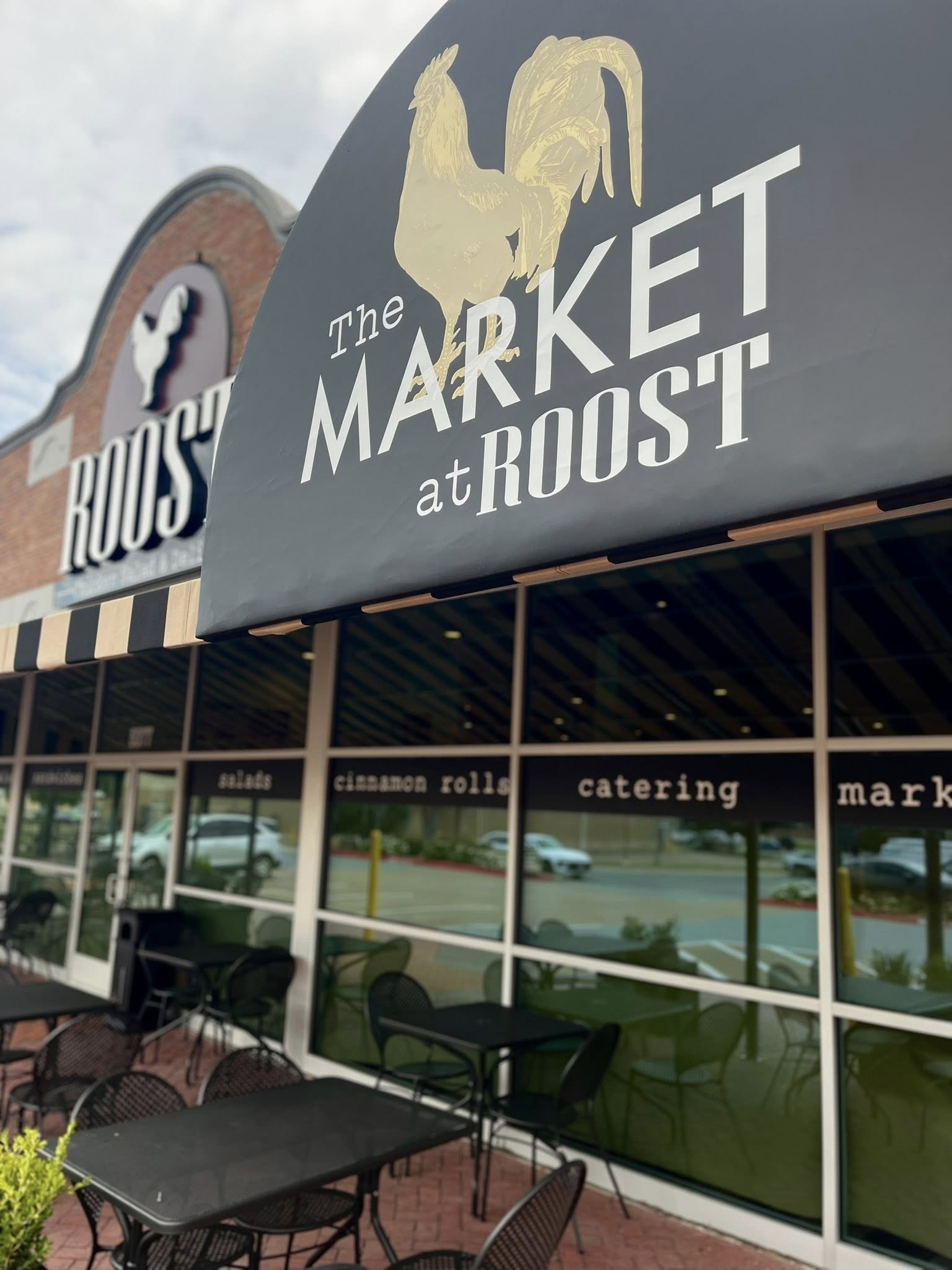Flight School: New facility at A&M-Commerce to help fight Texas quail decline
Published 9:19 pm Friday, October 13, 2023

- Texas A&M University-Commerce will begin construction on the Ted and Donna Lyon Center for Gamebird Research in 2024 in an effort to reverse the drop in bobwhite quail in Texas. Quail numbers in the state are down 80% since 1987.
Finding the problem with quail not only in Texas but throughout the country needs all the help it can get. Part of the solution may be coming closer to home with the announcement of Texas A&M University-Commerce’s Ted and Donna Lyon Center for Gamebird Research.
Construction is expected to begin next spring on the 30-acre facility that will include research, education, research and event facilities, a breeding area and visitor interaction center. There will also be space for a waterfowl program in an adjacent wetland.
Trending
“Quail are like the alarm system for the eco system. They are not migrant; they are the canary of the prairie. They indicate the overall quality of the grasslands,” explained Dr. Kelly Reyna, associate professor and director of the Quail Research Laboratory at Texas A&M University-Commerce, of the need for research.
There is also the hunting and the economic impact that comes with. In 1987 there were an estimated 250,000 quail hunters in Texas generating millions of dollars of income in the counties with bobwhite quail. Last year the Texas Parks and Wildlife Department estimated there were only about 26,000 hunters during another in a succession of low population years.
Reyna added quail numbers in Texas are down 80% since 1967 and are dropping throughout the country as well as the birds deal with habitat and climate change.
The focus of the A&M-Commerce Center will be a breeding facility where the goal is to create bobwhite quail better suited for today’s environment that can be used to restock populations around the state.
“One portion of the facility is what I call the super quail production hatchery where we can produce several thousand birds per month. Our goal is to produce farm-reared with wild bird characteristics,” Reyna said.
Quail farms have been part of the landscape for decades. The Texas Parks and Wildlife Department started one in the 1950s in Tyler with the goal of re-populating quail in East Texas. The effort was quickly considered a failure because the birds were not able to adapt.
Trending
“The reason why current captive bird releases don’t work is because they don’t have wild predator avoidance behavior,” Reyna said.
Researchers at A&M-Commerce have been working on this for about six years, and believe it is a trait they can instill in the birds before they leave the hatchery.
The researchers are also working to create a strain of bobwhites better suited for rising spring and summer temperatures. By finding birds that can bring off hatches under warmer temperatures and with higher survival during drought conditions, Reyna said they can increase populations.
“Initially we have the capacity to produce about 4,000 a month, but we are designing for expansion so we could quadruple that,” Reyna said.
Much of the focus in bobwhite quail restoration has been on preserving or creating habitat. Reyna said with urbanization and changes in agricultural land use across the state there is a need for onsite habitat management, and that is where a lot of money goes because “people like seeing boots on the ground.”
Part of the A&M-Commerce plan is to get landowners to monetize quail the same way they do livestock, farming and deer, and to consider the birds in their operation plans.
It is important because a covey cannot live within a habitat island and succeed. Research has shown to create a viable population quail could need up to a half-million acres for a “genetic neighborhood,” making habitat work necessary.
However, Reyna said that while less-glamorous, biological research is also mandatory for the future of quail.
A&M-Commerce joins the Rolling Plains Quail Research Foundation, Richard M. Kleberg Jr. Center for Quail Research and Texas Tech Quail in the effort to turn around the birds’ situation in the state, and in vying for available research dollars.
“Everyone is trying to raise their own money to do their own thing. Funding for quail research doesn’t come in same package as cancer research. Instead of hundreds of millions of dollars it is hundreds of thousands,” Reyna explained. He said the A&M-Commerce project could use upwards of $7 million to complete the research facility as well as fund research and researchers.
Along with the super quail project, A&M-Commerce already operates quail stations monitoring populations in Archer, Starr and Scurry counties, along with one for pheasants in Montana. Their goal is to look at how big does a population need to be to be sustainable.
The program is also working on a Texas Quail Restoration Plan to rebuild quail numbers across the state. The plan will take a herculean effort that Reyna compared to what Ducks Unlimited has done starting in the 1930s when it set out to protect ducks and waterfowl habitat from Canada to Mexico.
And, if large enough tracts of suitable habitat can be put together, Reyna does believe bobwhite quail could someday be brought back to East Texas.
The Lyon name on the new TAMU-Commerce facility should be familiar to Texas hunters and fishermen. As a state senator in 1983 Lyon authored what became the Texas Wildlife Conservation Act that eliminated the patchwork of hunting and fishing regulations across the state, putting regulations under the authority of the Parks and Wildlife Commission. The quality of hunting and fishing in the state has flourished ever since.
“Ted Lyon is so critical. He has been the catalyst for making it all happen. He and Donna gave the money for the facility, but he has also worked with the A&M system and the state legislature to make it all happen,” Reyna said.
While the Lyon’s donation gets the project up and running, it will require more fund-raising in the future to fund the total scope of the facility as well as additional research.






